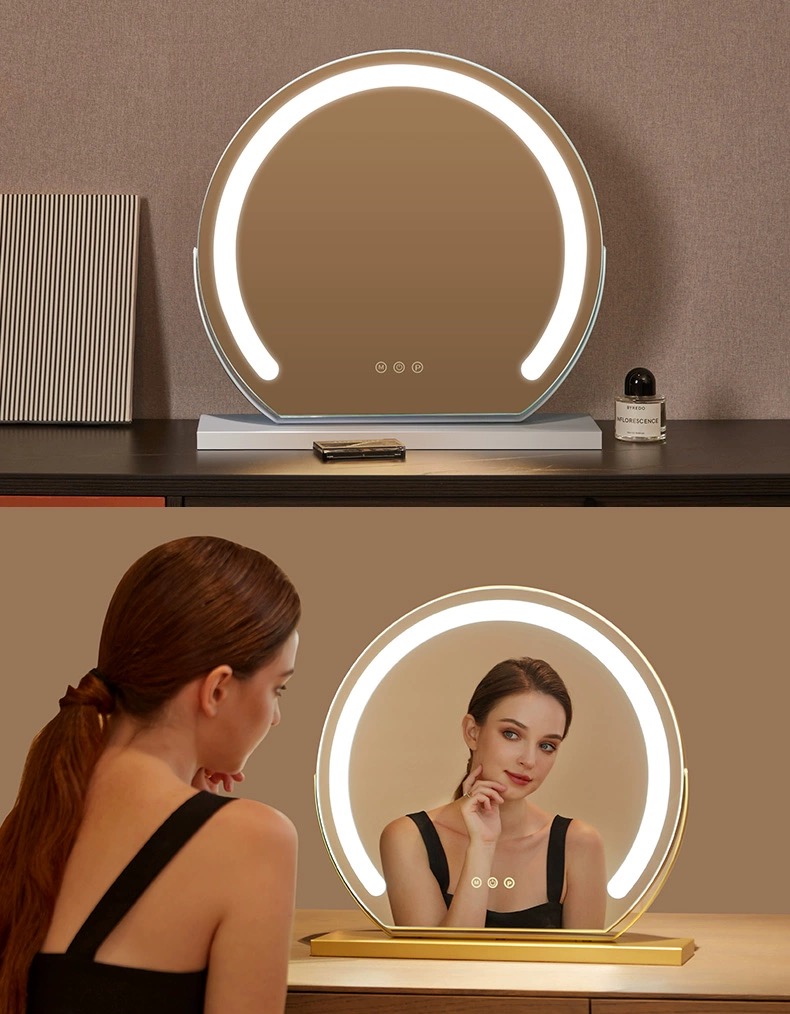

Understanding Low-E Soft Coat Glass A Modern Solution for Energy Efficiency
In the realm of modern architecture and energy-efficient design, Low-E soft coat glass has emerged as a revolutionary material. With rising concerns over energy consumption and environmental sustainability, the choice of windows in buildings plays a crucial role in overall energy efficiency. Low-E soft coat glass not only enhances the aesthetic appeal of a building but also contributes significantly to energy conservation.
What is Low-E Soft Coat Glass?
Low-E stands for low emissivity, which refers to the glass's ability to reflect infrared and ultraviolet light while allowing visible light to pass through. In soft coat glazing, a thin layer of metallic oxide is applied to the glass surface. This coating is usually done in a controlled environment, ensuring that the properties of the glass are optimized for both heat retention and daylighting. The soft coat version is generally more effective than its hard coat counterparts, as it possesses a lower emissivity value, which translates to superior thermal performance.
Benefits of Low-E Soft Coat Glass
1. Energy Efficiency The primary advantage of Low-E soft coat glass is its energy efficiency. By reflecting heat back into the building during the winter months and blocking it during the summer, it significantly reduces the need for heating and cooling. This not only lowers energy bills but also reduces the carbon footprint of the structure.
2. UV Protection Low-E soft coat glass also provides protection against harmful ultraviolet rays. This is particularly beneficial for homes or buildings with valuable furnishings, art, or displays, as it prevents fading and degradation over time.

3. Comfort and Aesthetic Appeal The glass allows ample natural light to permeate the interiors, creating a bright and inviting environment. At the same time, it mitigates glare, ensuring comfort for occupants. The sleek appearance of Low-E soft coat glass can enhance the overall aesthetic of a building, making it a favored choice for architects and designers.
4. Noise Reduction Another often-overlooked benefit of Low-E soft coat glass is its ability to provide insulation against outside noise. The additional layer created by the coating contributes to sound dampening, making interiors quieter and more peaceful.
5. Longevity and Durability Low-E soft coat glass is engineered to last. The protective coating not only enhances thermal performance but also contributes to the glass's resistance to weathering, ensuring long-term durability without significant degradation.
Applications in Modern Buildings
Low-E soft coat glass is versatile and can be used in various applications. It is ideal for residential homes, commercial buildings, and even high-rise structures. Architecturally, it lends itself well to large window designs and curtain walls, where natural light is maximized while maintaining energy efficiency.
Conclusion
In conclusion, Low-E soft coat glass represents a significant advancement in building materials that prioritize energy efficiency, comfort, and aesthetic appeal. As society becomes more conscientious about energy consumption and environmental impact, integrating Low-E soft coat glass into architectural designs is not just beneficial but essential. By choosing this advanced glazing option, homeowners and architects can create sustainable spaces that are both functional and beautiful, aligning with modern demands for energy-efficient living.